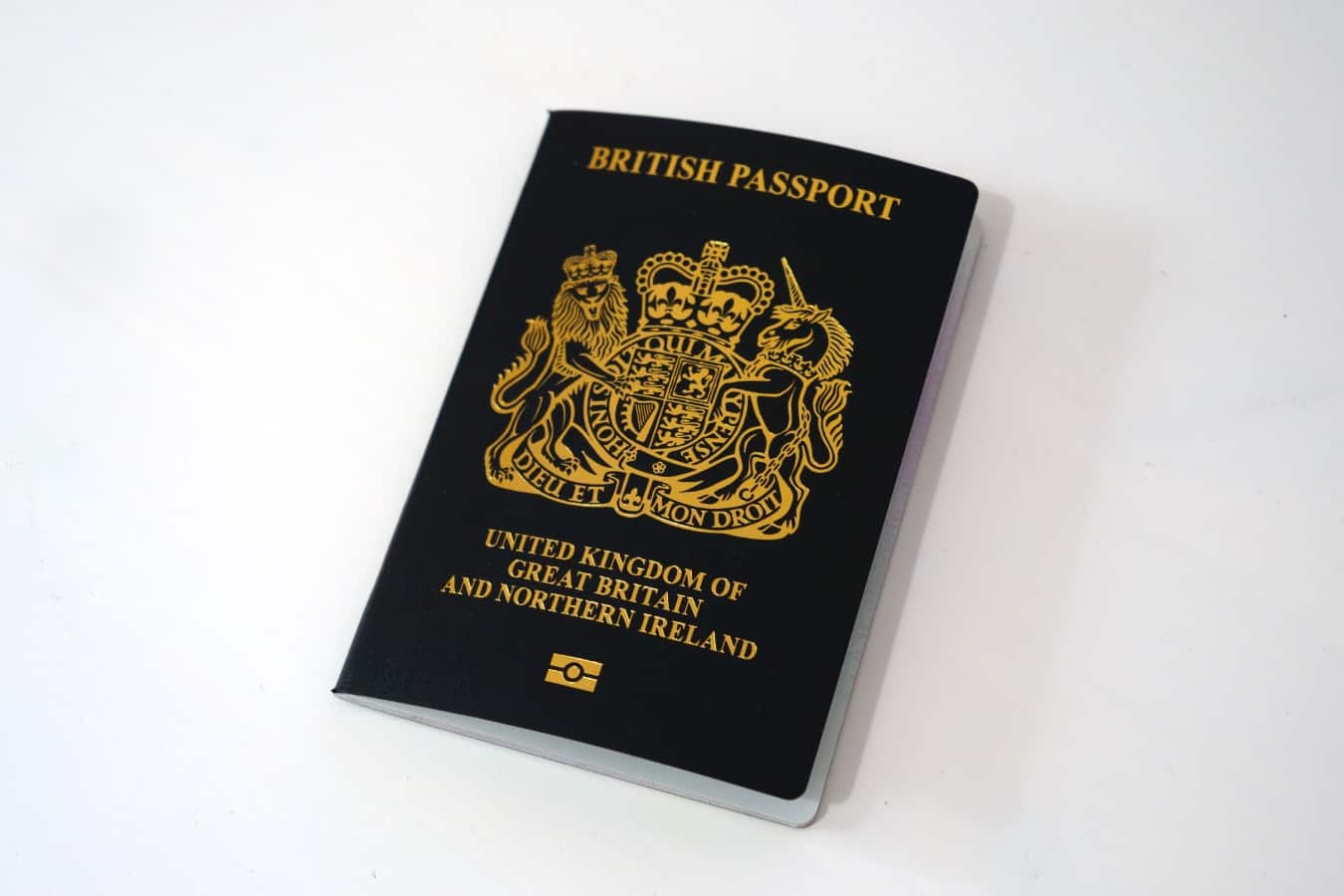

UK scheme risks running a repeat of ID card controversy Photo by Ethan Wilkinson on Unsplash
Maureen Meadows, Coventry University
Is the UK government planning to revive identity cards for the internet age? The decision to scrap its national ID cards and database in 2010 means the UK is one of the few developed countries not to have such an identity scheme. While this was seen as a victory for civil liberties campaigners, some now argue that the lack of a simple way to prove who you are, especially online, is holding back the digital economy and improvements to public services.


With this in mind, the government recently announced plans to pave the way for a new digital identity scheme, which some media outlets have called digital ID cards.
In reality, there’s no single agreed definition of what a digital ID is or looks like, so saying the new system will be similar to the unpopular card scheme is misleading. However, the UK government is a long way from demonstrating that it could operate an ID system that follows the principles of privacy, transparency and good governance it claims to support and that are needed to protect people’s rights.
The government’s main argument for a digital ID is the supposedly growing need to prove who you are. For example, anyone buying or selling a home in the UK has to prove their identity multiple times with multiple pieces of evidence. This is time consuming, repetitive and expensive, often requiring face-to-face verification or sending sensitive documents in the post.
A digital identity should help to simplify the process, reducing the friction and costs associated with a stressful series of transactions. It could make it easier to register with a GP, or prove your age if you don’t have a driving licence or passport. And, the government argues, a digital ID could play an important role in preventing identity fraud – a serious and growing problem.
Other countries appear to have had success with digital identity programmes. Estonia has a mandatory scheme that includes an ID card but can also be used as definitive proof of identity online. It’s used for travelling, national insurance, checking medical records, submitting tax claims, accessing bank accounts, ordering prescriptions and even online voting.
And the scheme appears to have benefited the country, as part of its general mass digitalisation. In fact, Estonia has been called the most advanced digital society in the world. It has one of the world’s best rates of tax collection, supported by e-taxation. Participation in elections has increased, alongside the introduction of online voting. Around 99% of public services are now online, available 24/7. Its healthcare system is highly cost effective, supported by significant investment in digital records.
Plans for a digital identity would most likely be part of the government’s wider attempt to improve data collection and used to inform policymaking and implementation. A digital identity scheme, with a unique identifier for each citizen, could help create government to join up a variety of personal information currently held in separate department databases. This could lead to new insights on citizen behaviour and improved government decision-making.
So what could possibly be the problem with such a supposedly advantageous system? One of the risks is that a poorly implemented digital ID scheme could make it harder for some people to access services, particularly those with limited access to the internet or skills in using it. Some charities have already noted in a government consultation that a significant amount of their time is dedicated to supporting vulnerable users to navigate government online services.
Another risk is that people may feel that a “joining up” of data across government will damage their privacy. Even if we have (willingly or unwillingly) shared our data with government already, we may be relying on the notion that most officials couldn’t that easily pull up (and potentially abuse) all our information in one place. The loss of such protection could further undermine trust in those who have access to our data, from the government itself to our local GPs.
But if Estonia can make it work, why can’t the UK? One of the reasons for Estonia’s successful digitalisation is that it was in many ways starting from scratch, and able to design its digital ID as part of a new wider system. The UK, on the other hand, has numerous separate existing digital systems that would need to be integrated.
This problem also has implications for the UK government’s plans for more data-focused policymaking. As the Institute for Government put it, “A No10 data science unit could create more problems than it solves.” The thinktank noted that much of the data collected, stored and processed by government departments is of poor quality and subject to significant gaps, difficult to find and share, and locked away in legacy IT systems.
Building a well-rounded picture of government and society, and empowering the rest of Whitehall to use data science, will require an overhaul of data use that goes way beyond the abilities of small team in Downing Street. The UK needs a long-term plan backed up with practical steps, a much greater willingness to invest in skills and systems, and clear high-level leadership.
Put simply, the government needs to learn to walk before it tries to run with a complex and highly sensitive digital identity scheme. It has highlighted six principles that it wants to guide the project (privacy, transparency, inclusivity, interoperability, proportionality and good governance). But these are very broad and there’s no indication yet of how they will be followed.
A UK digital identity will only work if it allows people to stay in control of their data, who it is shared with and what they are allowed (and not allowed) to do with it. Without this, we can expect to see a revival of the campaign that helped kill ID cards the first time around.
Maureen Meadows, Professor of Strategic Management, Coventry University
This article is republished from The Conversation under a Creative Commons license. Read the original article.